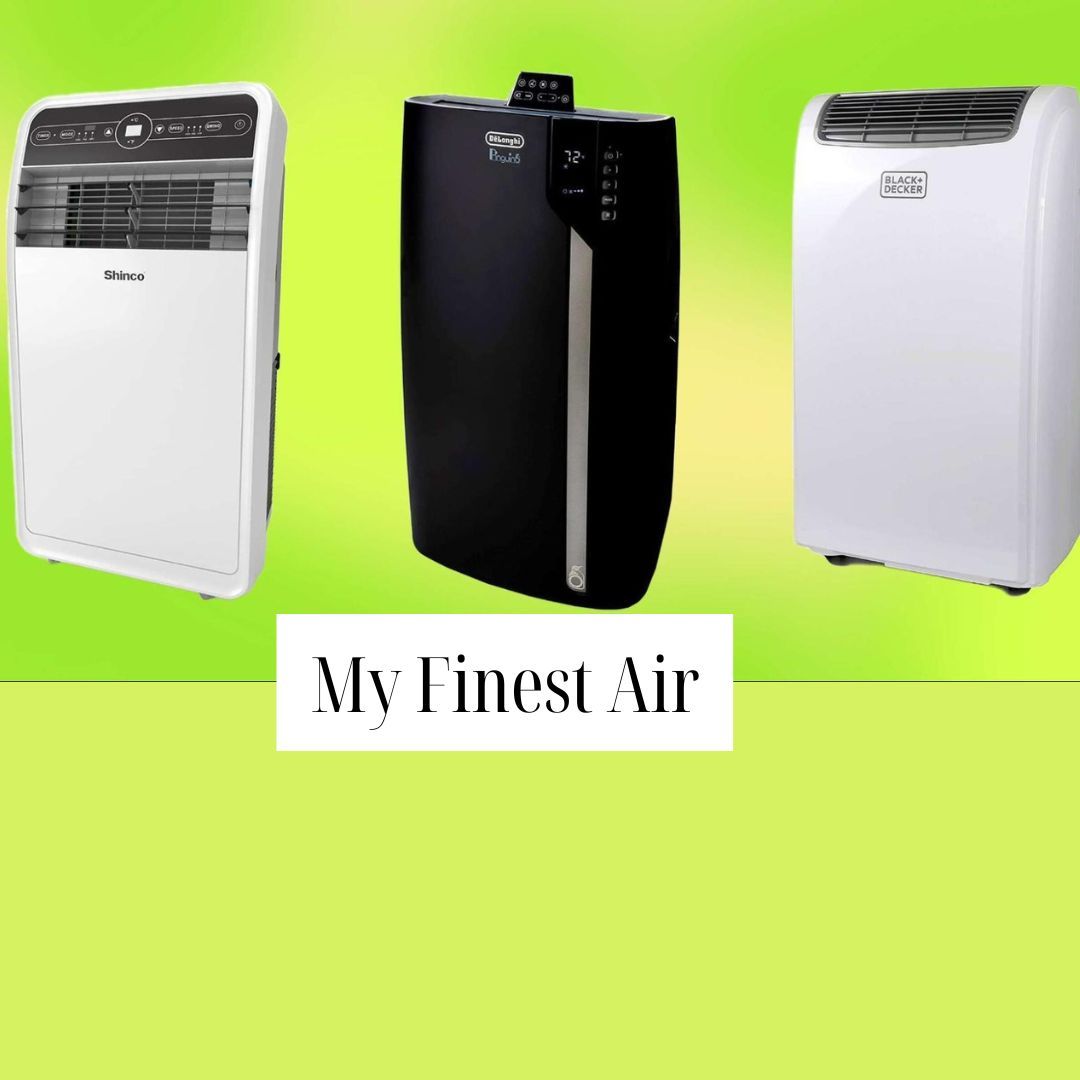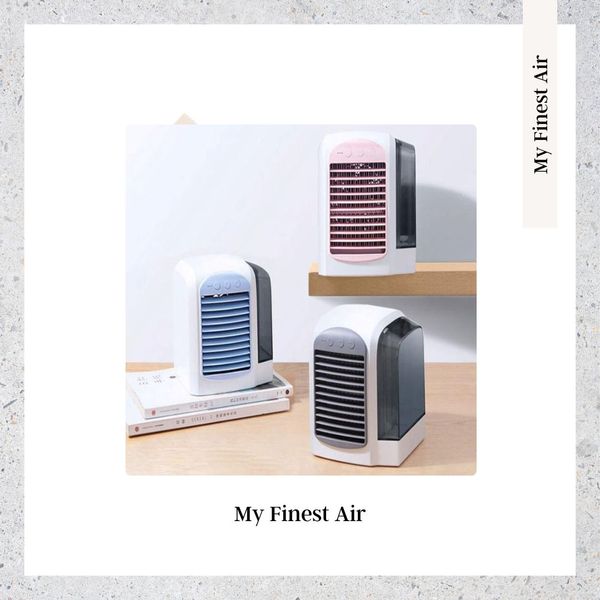The ease of use, affordable maintenance, and simple setup makes them a reliable alternative to dehumidifying the air.
Do You Need to Drain Water From Portable Air Conditioner
Though most air conditioners have self-evaporative methods or rely on venting condensation through the air vents that exhaust hot air, some portable units require proper draining. Some models allow drainage via a drain plug attached to the hose, pan, or other reservoirs.
Whatever the method they use, it is necessary to empty a portable air conditioner daily. If you ignore water draining, the condensed vapors will accumulate all over the unit and even lead to irregular spills. High heat and too much moisture sometimes cause excessive condensation, making it compulsory to drain.
See Our Guide: Vicks Humidifier Not Working - Examine The Possible Reasons
How to Drain Your Portable Air Conditioner - Simplest Ways
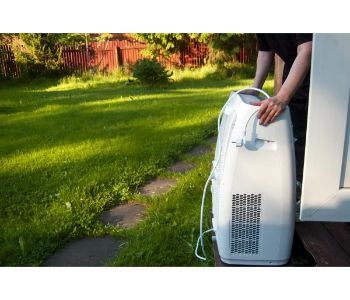
Modern models of portable air conditioners have automatic sensors that turn on and off the unit when extreme condensation has occurred. But the downside of these sensors is they will only pull a signal when your unit starts to overflow, which is not beneficial. Here are some effective ways to drain a portable air conditioner.
Drain Portable Air Conditioner Via Drain Hose
A hose is bound to a portable air conditioner to provide convenience in draining water. Follow these steps to do it the right way:
- Shut off the power supply to your air conditioner and remove the plug from the socket. An adapter is also required for this task.
- Place AC in a position where you can easily spill the water from its inside.
- Remove the hose from AC and examine the drain plug.
- Take a bucket and place it below the drain plug. Add some movement to the plug to allow water to drip into the bucket.
- Repeat until each drop of water drains out from the drain hose.
Note: Make sure to attach the drain hose firmly to avoid leaks.
Release Water Into the Pan
Using a pan is also an easy and simple way to drain portable AC. First, you must place a pan behind the AC near the drainage hub. The pan should be right below the hub to collect water. Remove the drain plug and put it inside the pan.
Water will start to come out with pressure so keep yourself safe from getting wet. Towels or cotton clothes are useful to clean floors or other areas where water needs proper drying.
Draining Through Condensate Pump
This method completely varies from the other two, where you might need to place the unit in an accurate position. A condensate pump does not require specified placement; instead, the pump helps in pushing water inside and outside.
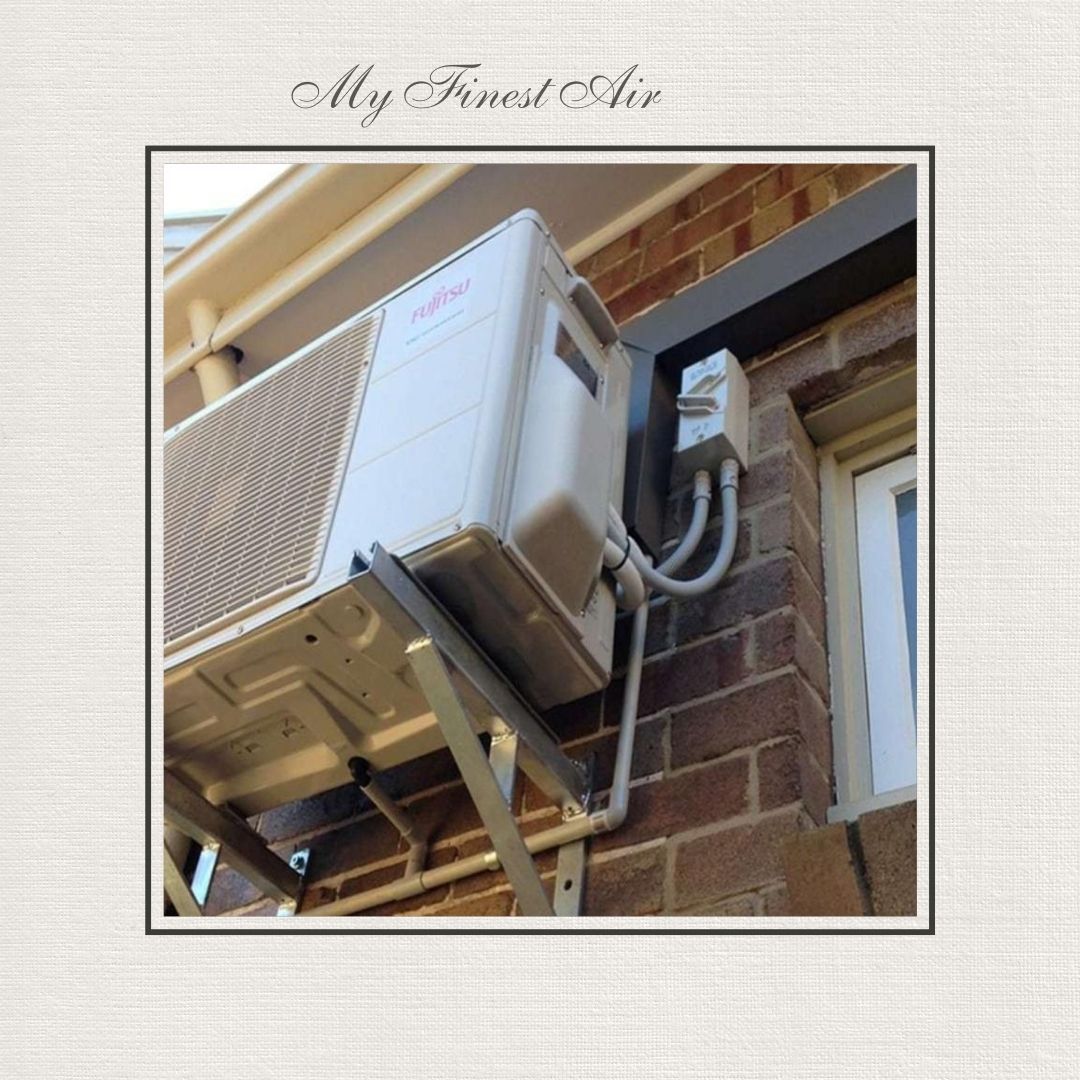
There are two hoses connected to the condensate pump, one attached to the pump & AC while the other to the outside drainage line. The automatic function of the pump will allow immediate draining whenever water rises above certain levels. You can extend the life of your HVAC system after relying on a condensate pump.
Evacuate Inside Bathtub
If your AC doesn’t include a hose, you must remove water by using the following strategy.
- Cut off the power supply and lift the AC to drain water into the sink.
- Use towels or a clean cloth to soak water.
- Fix the reservoir in its place after cleaning and adjust the unit in the right position to run it again.
How Often Should You Drain A Portable Air Conditioner
Multiple factors decide the frequency of draining a portable air conditioner. However, on average, it is advised to drain your portable air conditioner after every eight hours of use. This frequency can vary depending on the following conditions.
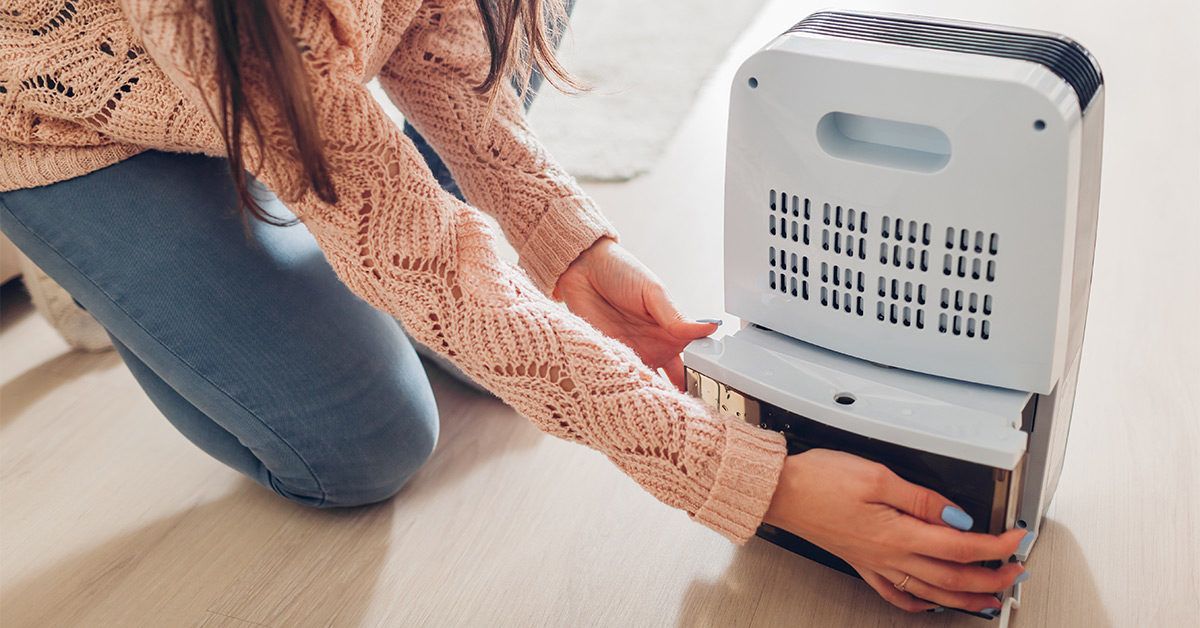
Humidity Levels
The moisture or humidity levels in your surroundings tell a lot about when and how often you should drain your AC.
Living in a humid environment means you must empty it very often, approximately after eight hours. If the moisture is at a medium level, you can spend a week or two without draining the water.
Usage Details
If your Air Conditioner runs continuously without any limits on humidity or days, it will need to drain more often. With overuse, more water vapors will condense in the unit, making it necessary to drain.
Also, the built-in heater of your portable AC will require water evacuation due to the extra energy the heater uses.
Surrounding Temperature Range
The poorly adjusted settings on the air conditioner also greatly affect how often to drain it. These settings will take more labor from your unit, resulting in more water collecting. So, keep the right settings and check them regularly to avoid trouble due to unusual situations.
What Happens If You Do Not Drain Your Portable Air Conditioner
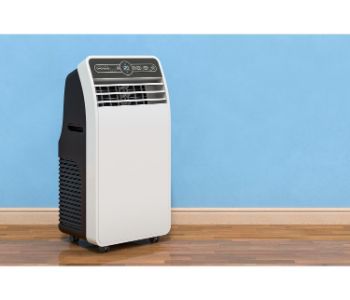
If you neglect the signal, the system will get severe damage. The water spills will also promote mold growth inside your unit. Mold has multiple harmful impacts on the environment and your health. Also, too much moisture will give off a bad odor from the vents of your AC.
Final Thoughts
Even if you have a portable air conditioner that doesn’t require it to drain, you must still discharge collected water for better performance. So you can’t ignore the importance of draining it.
Now you know how to drain your portable air conditioner, confusion creates between automatic or manual draining systems. The task will be easier if your unit has vents and drains hoses.


